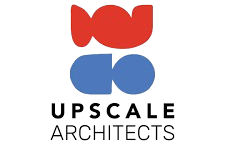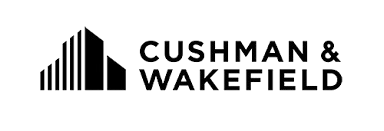Once, corporate office interior projects began with mood boards and finish schedules. In 2025, the starting point is business logic—headcount, adjacency, mobility models, and budget thresholds. Design has become less aspirational and more operational.
What Changed and Why It Matters
Design needs to do more than feel good. It must function.
- Early-stage test fits now influence real budgets and program assumptions.
- Multiple layout scenarios are expected within hours, not weeks.
- Decision-makers demand clarity: “Show me how this will work, not what it will look like.”
Traditional workflows that include static floor plans, siloed Excel cost models, and stale renderings, can’t keep up with speed or scale.
What's Really Disrupting Corporate Interior Office Design
The shift isn’t just tech, it’s mindset.
Today’s teams are replacing one-off visuals with scalable processes:
- AI-powered workflows generate options logically based on headcount, brand, and adjacency.
- Interiors are “designed” before a single finish is chosen, layouts inform design, rather than gloss overriding usability.
- Layout plus cost becomes the first deliverable, not the last.
Platforms like qbiq’s space planning engine enable scenario-based layout generation, virtual tours of proposed designs, and quantity takeoff automation for early cost transparency. These, and more capabilities are workflow accelerators.
Scenario-Based Design: The New Standard
Rather than “this is how your space might look,” charging prospect departments or leadership shows how it will work:
- “Can we seat 50 engineers today and expand to 80 in 12 months?”
- “How do fixed desk rows compare to agile clusters for productivity and density?”
- “What’s the delivery lead time for finishes if we have to switch?”

The best corporate interior office design tools answer these questions in real time, turning program logic into layouts and visuals instantly.
Why This Approach Works and What It Looks Like in Practice
For corporate real estate, design isn’t about aesthetics, it’s about alignment:
- Clarity: No ambiguity over space, adjacency, or use.
- Speed: Multiple scenarios generated in hours, not pulled from a weeks‑long loop.
- Validation: BOM, layout, finish, program come together early.
- Cohesion: One source of truth for leasing, design, and delivery teams.
This transformation gives companies flexibility to test more options, eliminate rework, and engage stakeholders confidently before committing.

Final Thought
If your current corporate office interior process still begins with finish schedules or drawings, you’re behind the curve.
Today, companies start with data-driven layouts, validated through virtual tours and cost estimates, then layer in design.
That’s how corporate interior office design becomes functional, scalable, and real.







.png)









